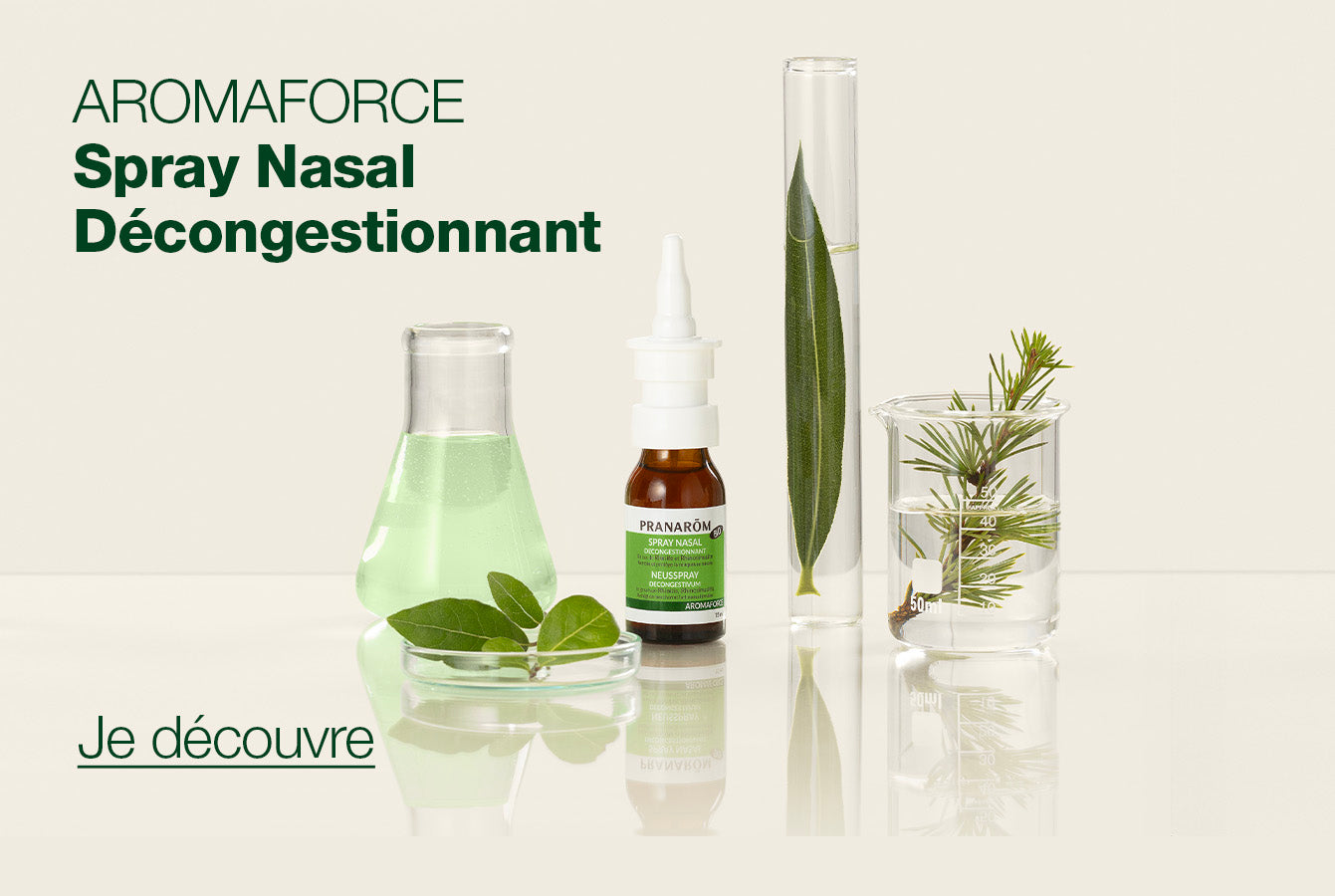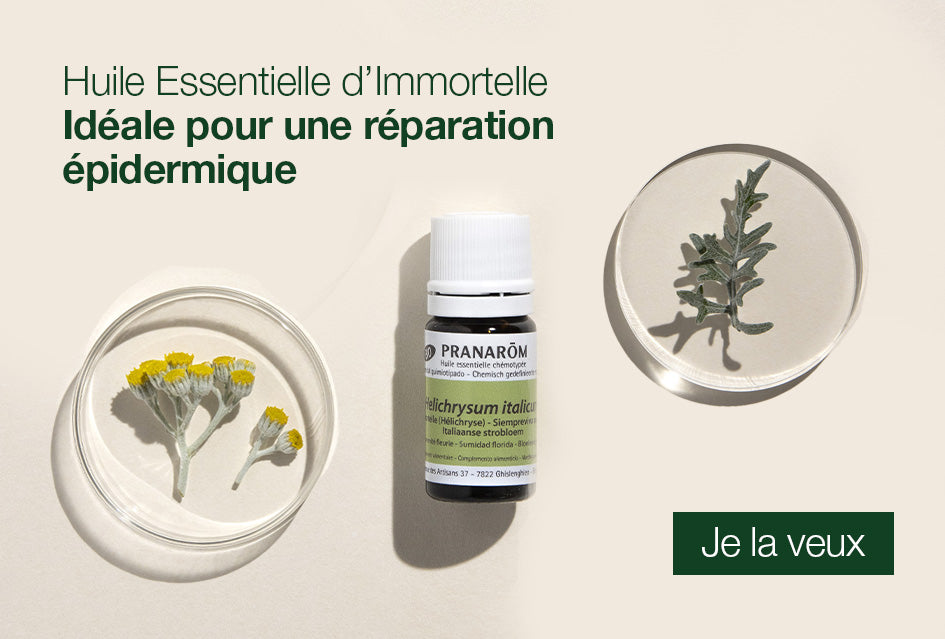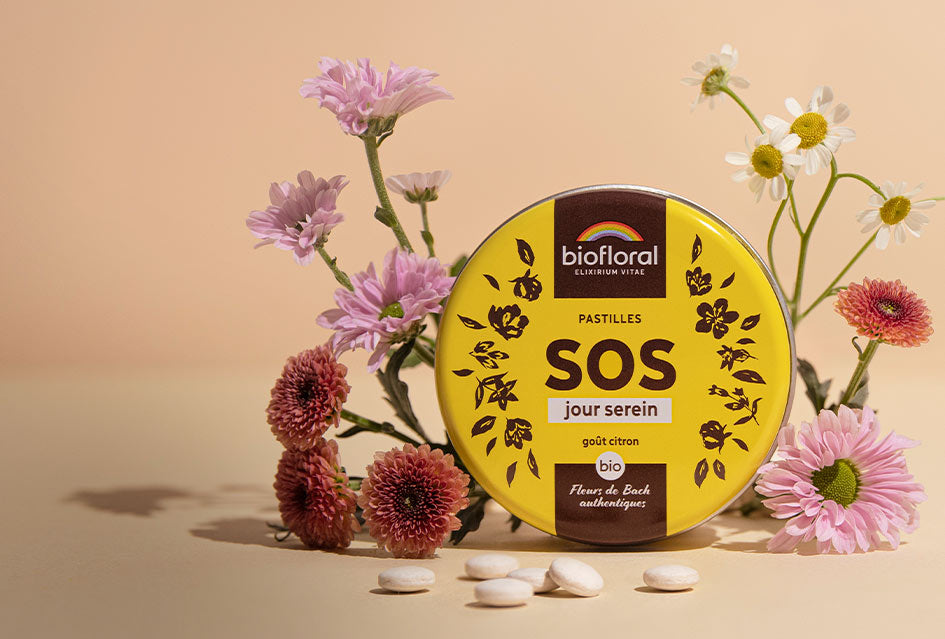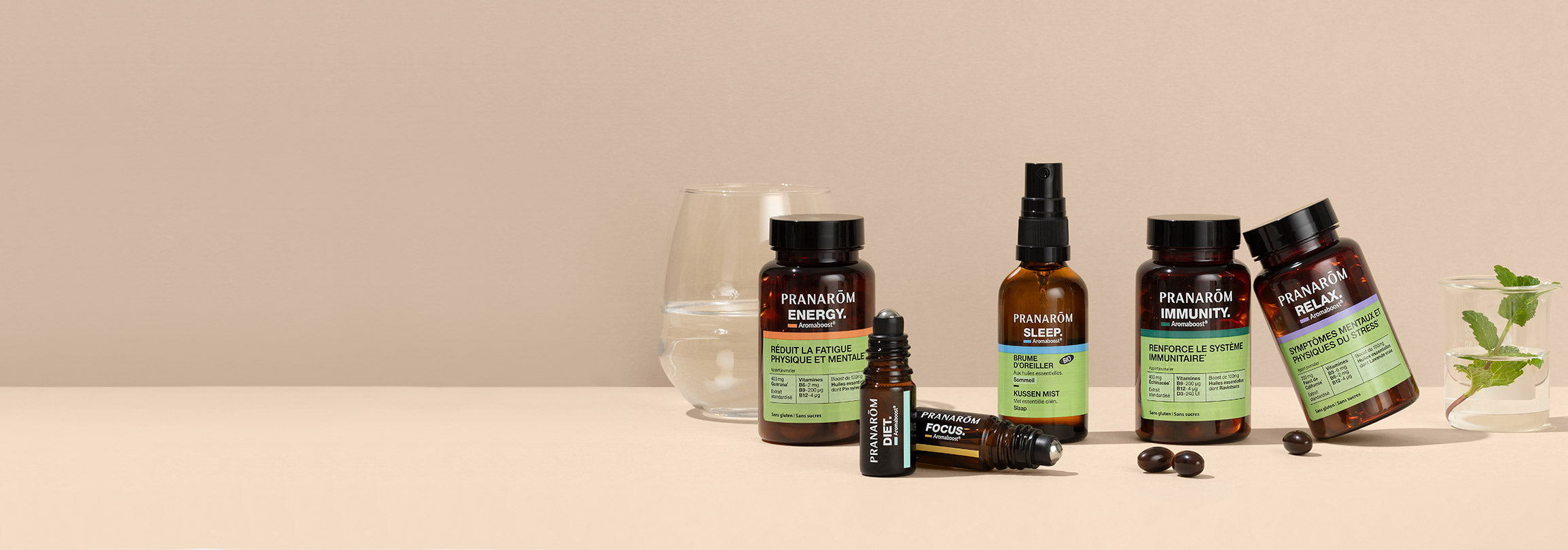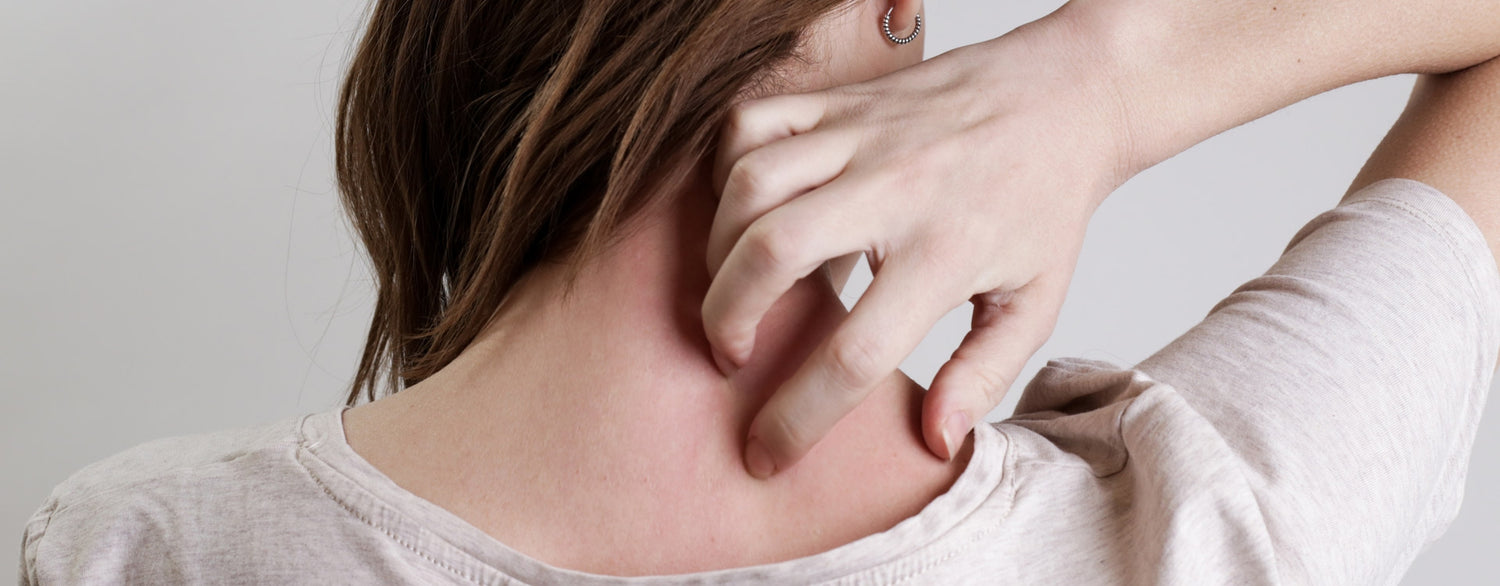L’eczéma est une affection de la peau qui, pour être très répandue, n’en est pas moins difficile à diagnostiquer correctement : il existe plusieurs types d’eczémas et on peut les confondre à tort avec une dermite de contact bénigne ou un psoriasis plus problématique. Il peut commencer très tôt dans la vie et s'observe même chez les nourrissons.
L'eczéma nerveux
On parlera d'eczméa nerveux lorsque les poussées sont aggravées ou déclenchées par le stress. Ce type d'eczémas est souvent oublié. Le stress est donc un facteur déclencheur de l'apparition d'une crise d'eczéma mais pas uniquement, des facteurs émotionnels et psychologiques peuvent également jouer. Il a un lien direct avec le déséquilibre émotionnel et il peut survenir après une rupture ou chez une personne en détresse affective.
Découvrez dans cet article de blog notre recette en mode Do It Yourself contre l'eczéma.
Recette de Dominique Baudoux
Eczéma lié à un désordre cutané et émotionnel
- 4 gouttes d'huile essentielle de Camomille noble - Chamaemelum nobile
- 4 gouttes d'huile essentielle de Petit grain bigarade - Citrus aurantium ssp amara
- 2 gouttes d'huile essentielle d'Ylang ylang - Cananga odorata
- 2 gouttes d'huile essentielle de Verveine citronnée - Lippia citriodora
- A diluer dans 20 ml d'huile végétale de Calendula
N'hésitez pas à appliquer ce sérum huileux deux à trois fois par jour sur la zone concernée. Si les démangeaisons sont très importantes, vous pouvez ajouter au mélange 6 gouttes d'huile essentielle de Menthe des champs (mentha arvensis) pour un effet cooling qui atténue le prurit.
Dans ce cas précis d'eczéma, les kératinocytes se renouvellent trop rapidement et s'accumulent. Le calendula va permettre de favoriser la réparation du tissu épidermique tandis que les huiles essentielles vont se concentrer sur l'influx nerveux et la régulation émotionnelle afin d'inciter la peau à retrouver un rythme de croisière.
Trouvez le point de vente près de chez vousL'eczéma sec
L'eczéma sec et prurigineux peut se situer sur une zone du corps bien précise (comme la jambe ou le mollet) et revenir par poussées lors d'un choc émotionnel. Il est très difficile de s'en débarrasser sans les crèmes à la cortisone habituellement prescrites en dermatologie. Il existe pourtant des supports aromatiques qui soutiennent le traitement de ces plaques d'eczéma et apaisent les symptômes de prurit. On peut par exemple fabriquer son propre baume aux huiles essentielles anti-prurit et cortison-like.
Recette de notre lecteur Frédéric Rocchi
- 0,6 g d'huile essentielle d'Epinette noire - Picea mariana
- 0,6 g d'huile essentielle de Tanaisie annuelle - Tanacetum annuum
- 0,4 g d'huile essentielle de Géranium d'Egypte - Pelargonium x asperum
- 20 g de Beurre de Karité
Il est conseillé de réaliser 15 jours de traitement avec la formule ci-dessus à raison de deux fois par jour. Même si la plaque a disparu, nous vous invitons à continuer encore quelques jours pour éviter une récidive rapide.
L'huile essentielle d'épinette noire peut également être appliquée pure matin et soir sur la zone en alternance avec le baume.
Pourquoi cette formule ?
- L'huile essentielle de Tanaisie apporte son action anti-inflammatoire, antihistaminique et antiprurigineux.
- L'huile essentielle d'Epinette noire est cortisone mimétique.
- L'huile essentielle de Géranium, en plus d'être astringente cutanée, est antibactérienne, ce qui est intéressant dans l'eczéma souvent colonisé par des bactéries.
- Le baume, qui a une jolie couleur verte argile apportée par le bleu naturel de l'huile essentielle de Tanaisie, permet déjà, après 5 jours d'application de diminuer sensiblement rougeurs, prurits et démangeaisons.
Nous remercions chaleureusement Frédéric pour cette étonnante formule.
Trouvez le point de vente près de chez vous

